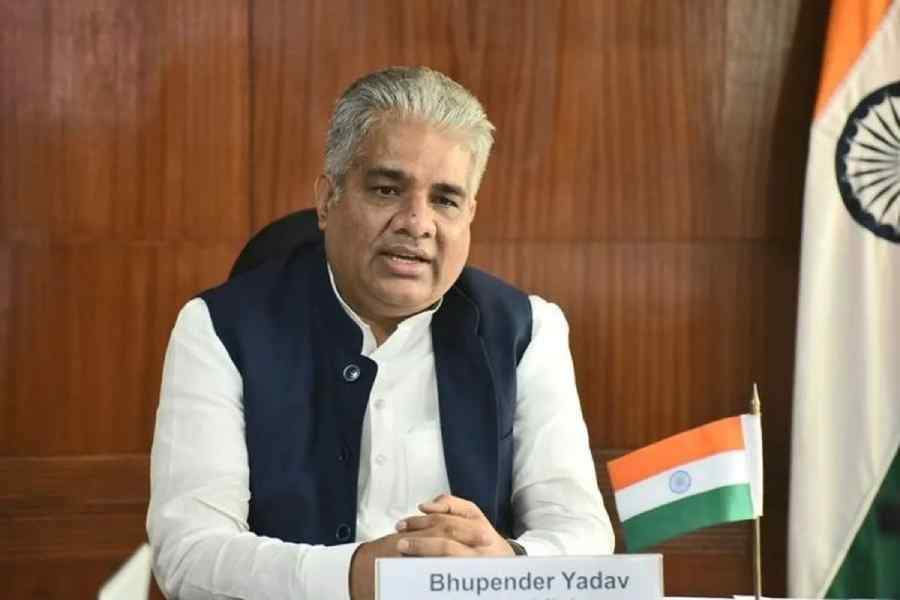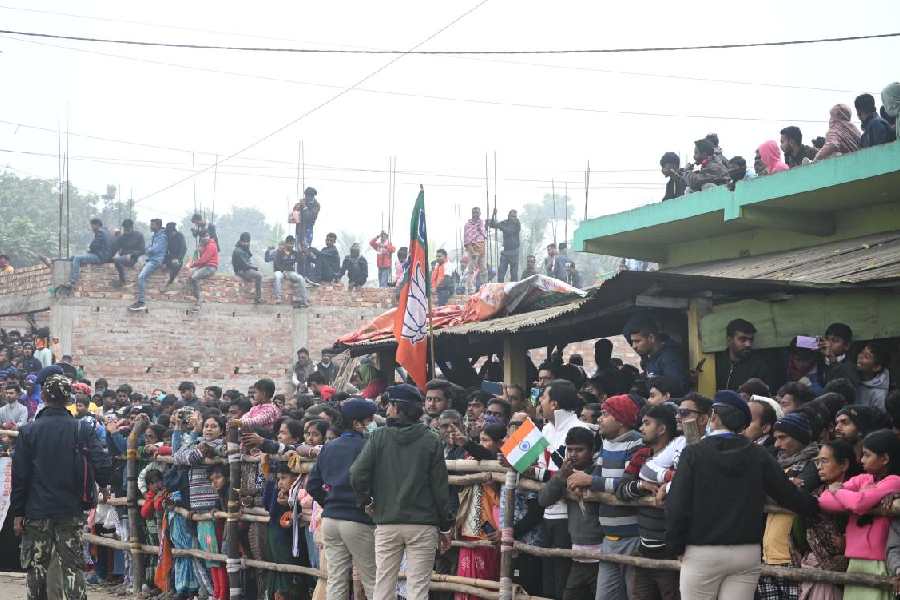 |
It was touted to be the next big thing to happen to home entertainment but much against the collective wishes of TV makers, 3D didn’t exactly make a splash. Yet, movie buffs flocked to cinemas to catch the latest blockbusters in 3D. Part of the problem was the content (or the lack of it), and the other was that watching 3D content was tiring, not to mention downright nausea-inducing for some! Taking a cue from the tech that cinema halls employ, LG has reworked its next generation of 3D TVs, due to launch in India in May. We had a sneak preview of the range, and here’s what I think of it.
LG’s Cinema 3D line-up of 3D TVs differs from conventional ‘active-shutter’ based 3D TVs — you know, the ones with the geeky battery powered glasses that essentially work by showing you a rapidly alternating sequence of left and right-eye images. LG’s 2011 entire line-up works on passive 3D technology, where the TV displays both eye images simultaneously and a screen overlay of polarising film — which LG has dubbed Film Patterned Retarder (FPR) — splits the video into alternating rows of left-eye and right-eye pixels. Put on the supplied polarised glasses, and one image is visible only to your left eye, and the other only to your right. Voila, cinema-style 3D!
 |
Now, since the glasses are merely ‘selectively polarised’ specs, they don’t have to do the heavy duty work of battery-powered active shutter glasses such as maintaining synchronisation with the flicker rate of the 3D TV. The net result is much lighter glasses that don’t need batteries or power of any sort. Plus, they’re cheaper — compared to the approximately Rs 6,000 asking price of active shutter glasses, these are expected to cost a fifth, maybe even less. Multiply that by a family of four or five, and the overhead costs alone tilt the argument in favour of the FPR displays.
In use, the resultant 3D is bright and vivid, with pretty decent viewing angles and next to no distortion in the image if you move around. Most importantly, the viewing experience was far less fatiguing over extended durations.
The content quandary still remains, and while these TVs have a decently implemented 3D upconversion feature that can artificially generate 3D images from 2D content, it’s moody at best. I’m not holding my breath for the content folks to start delivering, but for true 3D content, FPR is a definite improvement over conventional shutter glasses, and could pave the path for greater acceptance.
• Price: To be announced
• URL: http://bit.ly/gicDs9
Safe dock
 |
With smartphones like the iPhone increasingly carrying more and more valuable
information like our photos and contacts, can you afford to lose them just because you forgot to synch your device for days before you lost it? Pick up an iomega SuperHero Backup and Charger for iPhone, and each time you dock the iPhone to charge on this device, the
SuperHero app on your phone automatically backs up your device’s photos and/or contacts onto the included SD memory card, without the use of a computer. Should the worst happen, you can restore those photos and contacts to another device, or the same device even if it’s been wiped clean. Setting it up is easy, and the options clearly outlines your backup and restore choices. Simple straightforward on/off choices for photos and contacts, and the option to encrypt contacts with a password so no one else can use it.
What doesn’t work with this super-saviour of a product is that courtesy Apple, you can only use the SuperHero to back up photos, not videos or apps or recorded voice notes, leaving your back-up superficial at best, especially if you use the iPhone to record a lot of video and voice.
• Rating: 7/10
• Price: Rs 4,499
• URL: http://bit.ly/gx4fmK http://bit.ly/gx4fmK
Sweet talker
 |
The E-series has always had its share of fans, and the E6 may just gain Nokia some more. Sporting a VGA resolution on a 2.46-in display, the pixel density on this baby rivals the 326 pixels per inch of the iPhone4. Battery life is
expected to be E-series-legendary, and this device will feature both a touch screen and a portrait QWERTY keyboard, a first for the E-series as well. To top it off, it comes with new Nokia Symbian “Anna” update, which shows off new icons, a faster web browser, among others.
• Price: $500
• URL: http://bit.ly/hgwJJY http://bit.ly/hgwJJY
Good news
 |
With a slew of international content, quality local content is a rarity on smartphones today. With the Taazza Go app, hyperlocal is the new local, with the app using your location to source curated content and news in and around your location. What’s more, apart from local news, the app also locates daily deals from marketing companies such as SnapDeal and lets you share that information with your twitter/Facebook friends. The app developers have even enabled in-app purchases so that you can make purchases for deals and offers without even leaving the application. A must-have for any
Android phone in India.
• Price: free (available on Android)
• URL: http://taazza.com/











